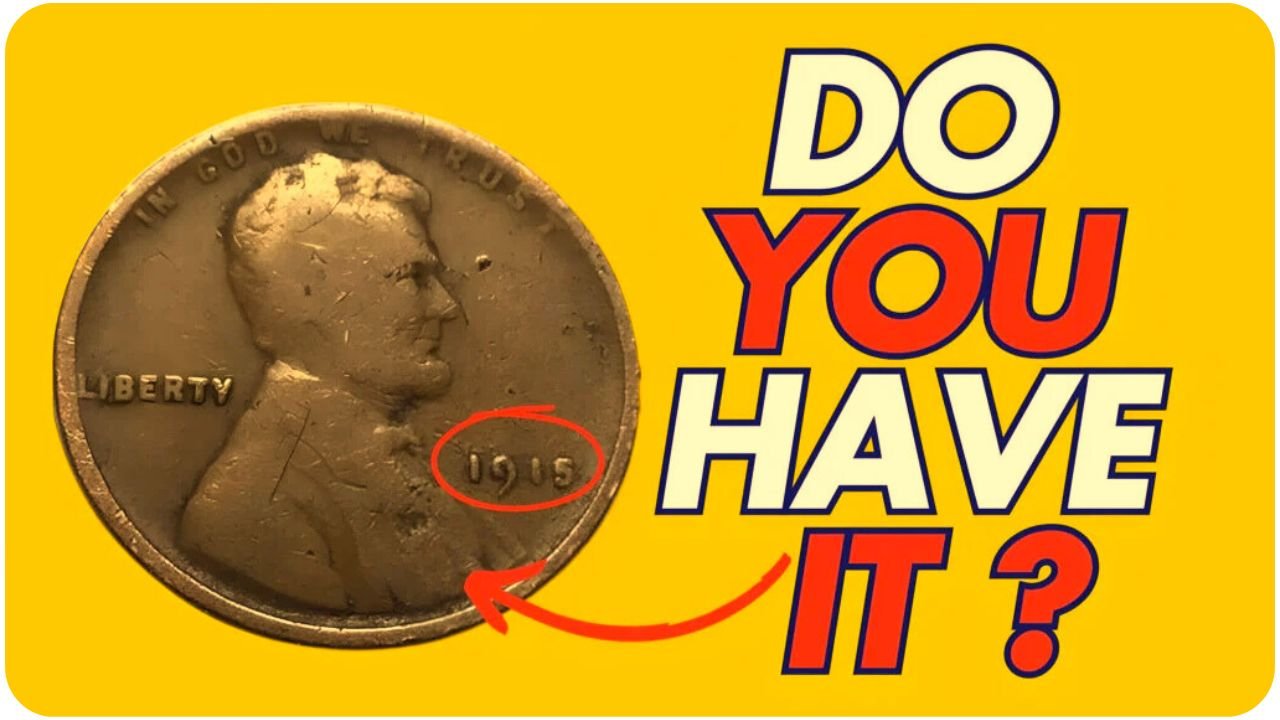Rare Bicentennial Quarter: You might have a treasure hiding in your pocket change! The 1976 Bicentennial Quarter, created to celebrate America’s 200th birthday, is usually worth just 25 cents.
But some rare versions of this coin are worth a fortune—up to $1 million! If you’ve got old coins stashed away, it’s time to check them. Here’s the scoop on why these quarters are so special and how to spot one that could make you rich.
What Makes the Bicentennial Quarter Special?
The Bicentennial Quarter was minted in 1975 and 1976 to mark 200 years since America’s independence. It has a unique design with a colonial drummer on the back and the years “1776-1976” on the front. Most of these quarters are common and worth only their face value. However, a few rare ones have unique features that make them extremely valuable to collectors. These special quarters were made by mistake or have distinct characteristics that set them apart.
The Million-Dollar Mistakes: Rare Bicentennial Quarter
Some Bicentennial Quarters are worth big bucks because of errors made during production. For example, a few were accidentally struck on silver planchets meant for other coins. Others were minted on 40% silver blanks intended for special collector sets, but they ended up in regular circulation. These errors make the coins super rare. One such quarter, a 1976-S Silver Bicentennial Quarter, sold at auction for nearly $1 million because of its pristine condition and unique composition.
How to Spot a Valuable Quarter
So, how do you know if your quarter is a winner? First, check the date—it should say “1776-1976.” Next, look at the mint mark, which is a small letter on the front of the coin near George Washington’s head. A “D” means it was made in Denver, an “S” means San Francisco, and no mark means Philadelphia. (Rare Bicentennial Quarter) The most valuable ones are usually “S” mint coins struck on silver planchets. You can also weigh the coin: a regular quarter weighs about 5.67 grams, but a silver one weighs around 6.28 grams.
Here’s a quick guide to help you check your coins:
| Feature | Regular Quarter | Rare Silver Quarter |
|---|---|---|
| Weight | 5.67 grams | 6.28 grams |
| Mint Mark | D, P, or none | Usually S |
| Material | Copper-Nickel | 40% Silver |
| Edge | Reeded | Reeded |
Other Rare Features to Look For
Rare Bicentennial Quarter: Besides silver planchets, some quarters have unique errors like double-die strikes, where the design appears doubled. This happens when the minting machine stamps the coin twice by mistake. These coins can fetch thousands, if not millions, depending on their condition. Also, look for quarters in “uncirculated” condition—meaning they look brand new with no wear. Coins in top-notch shape are worth more to collectors.
Where to Find These Quarters
You might be wondering where to look for these rare coins. Start with your own change—check piggy banks, old wallets, or jars of coins at home. You can also visit coin shops, flea markets, or estate sales, where old coins often turn up. If you’re serious about hunting, consider buying rolls of quarters from banks and searching through them. Many collectors have found valuable coins this way, so it’s worth a try!
What to Do If You Find One
Rare Bicentennial Quarter: If you think you’ve got a rare Bicentennial Quarter, don’t clean it! Cleaning can damage the coin and lower its value. Instead, take it to a professional coin dealer or appraiser. (Rare Bicentennial Quarter) They can check if it’s genuine and estimate its worth. You can also send it to a grading service like PCGS or NGC, which will certify its condition and authenticity. If it’s a million-dollar coin, you’ll want to protect it and consider selling at a reputable auction house.
The hunt for a rare Bicentennial Quarter is like a treasure hunt anyone can join. With a little luck and a sharp eye, you could find a coin that turns pocket change into a life-changing payday. So, grab your coins and start checking—you might be holding a million-dollar quarter right now!

